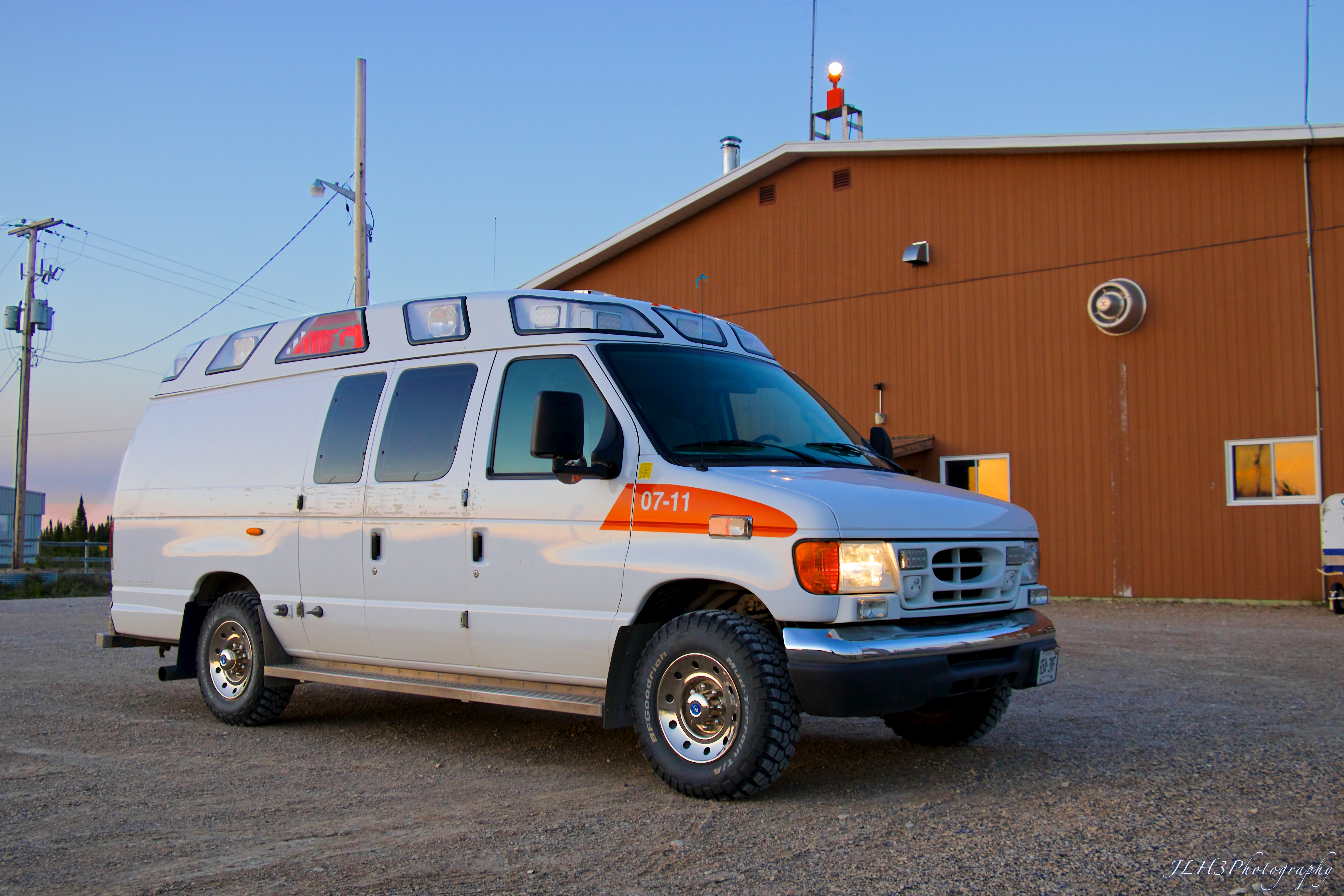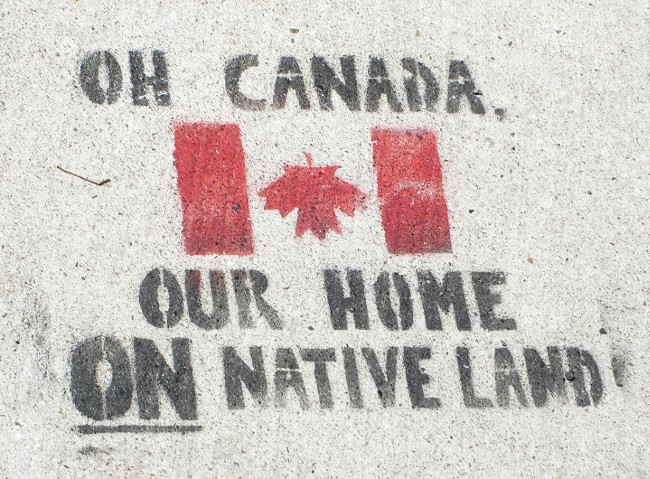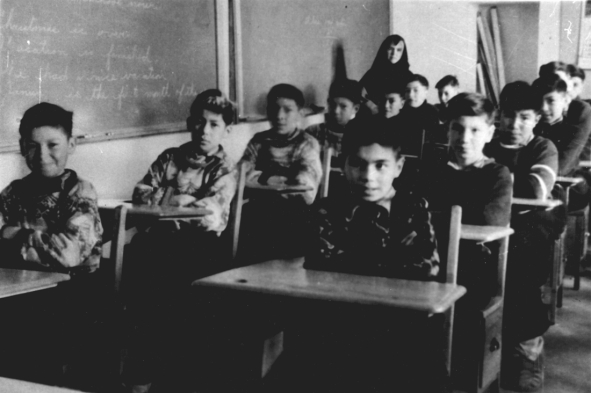Session 2: “The North”
Introduction
 Community ambulance on stand-by at Peawanuck airport
Community ambulance on stand-by at Peawanuck airport
Photo credit: J.H. (CC BY-ND 2.0)
Welcome to Session 2: “The North”.
This session will provide you with an overview of colonialism and its influences on northern Aboriginal rural, remote and urban Aboriginal populations.
This session addresses some of the unique and distinct aspects of northern Aboriginal Ontario. You will explore the First Nations, their distinct cultures, as well as the challenges and barriers that exist in the access to timely health service. Learning about this will help you to understand the colonial perceptions and experiences faced by Aboriginal Peoples who live and work throughout northern Ontario.
This session will also analyze the various governmental assimilationist policies, practices and protocols that have had an impact on Aboriginal health and well-being.
Intended Learning Outcomes
- Demonstrate an understanding of colonialism on Aboriginal communities and the impacts on health and well-being on individuals, families and Nations
Elements of Performance- Review the geographical locations of northern Aboriginal communities in relation to health services
- Discuss social determinants of health that influence northern Aboriginal health and well-being
- Explore individual perceptions of colonialism as it relates to northern Ontario
- Summarize the Non-Insured Health Benefits protocols and Insured Benefits for northern Ontario Aboriginal Peoples’
Self-Assessment and Goal Setting
 Photo credit: Toban B. (CC BY-NC 2.0)
Photo credit: Toban B. (CC BY-NC 2.0)
This is a short reflective activity that can be shared as part of the Sharing Circle blog/asynchronous discussion forum that will be held during this session. Take a moment to answer:
How will understanding the colonial history of Aboriginal Peoples’ assist you in your practice?
Other things to think about: What are the social determinants of health that are pertinent to Aboriginal Peoples’?
Use the Note to Self activity worksheet for Session 2 to keep notes as you work through the material. This worksheet will be really helpful during the Sharing Circle discussion. Make sure you keep track of the questions you may have about the material as there will be opportunities for share them during the Sharing Circle.
Reading Room
1. Access to health services as a social determinant of First Nations, Inuit and Métis health1
2. Canada's Most Vulnerable: Improving health care for First Nations, Inuit and Métis seniors2
Media Resources
4. Mushkegowuk Cree and Anishinaabe Ojibway Elders explore Treaty 94.
- This is an online adventure game supplemented by over 150 short videos on a wide variety of topics shared by Treaty 9 Elders. There is also a comprehensive photo gallery.
5. First Nations Reserves Pt 1 with Hayden King5 (7:45 minutes)
6. First Nations Reserves Pt 2 with Hayden King6 (7:38 minutes)
Learning Activities
 Boys in a residential school in Fort Albany c. 1945
Boys in a residential school in Fort Albany c. 1945
Activity 1:
Northern Ontario Residential Schools Profile
Activity 2:
Facilitated Sharing Circle: Note to Self! Take a moment to reflect on what you have learned in this module. What are your thoughts and feelings about what you learned and how it applies to your role as a health advocate and your future practice whether located in a tertiary care metropolitan city or small community?
Use the notes from the Note to Self worksheet as a guide and come prepared to share your insights during the facilitated discussion forum.
Sneak Peek
In Session 3, we will explore a number of customs and protocols inherent in northern Aboriginal communities, and how they intersect with the provision of health services.
References
1 National Collaborating Centre for Aboriginal Health. (2009). Access to health services as a social determinant of First Nations, Inuit and Métis health. Accessed from http://www.nccah-ccnsa.ca/34/Publications.nccah
2 Health Council of Canada. (2013). Canada’s most vulnerable: Improving health care for First Nations, Inuit, and Métis seniors. Accessed from http://healthcouncilcanada.ca/
3 Northern Ontario School of Medicine. (n.d.) Aboriginal communities in Northern Ontario. Accessed from http://www.nosm.ca/communities/aboriginal_affairs/general.aspx?id=4082
4 On the Path of the Elders. (2010). Mushkegowuk Cree and Anishnaabe Ojibway explore Treaty 9 as understood by our elders. Accessed from http://www.pathoftheelders.com/index.php
5 King, H. (2007). First Nations reserves (1 of 2). Accessed from https://www.youtube.com/watch?v=GEPw7N7SZZ4
6 King, H. (2007). First Nations reserves (2 of 2). Accessed from https://www.youtube.com/watch?v=bTm_x4jBxvk